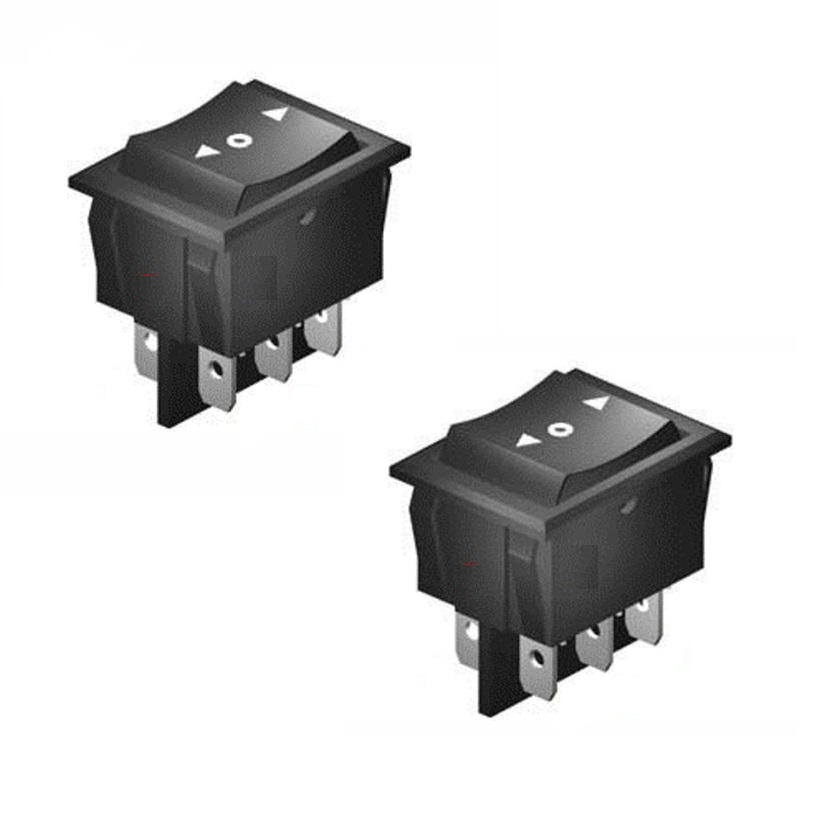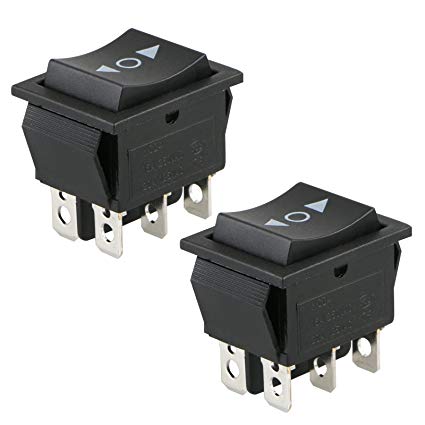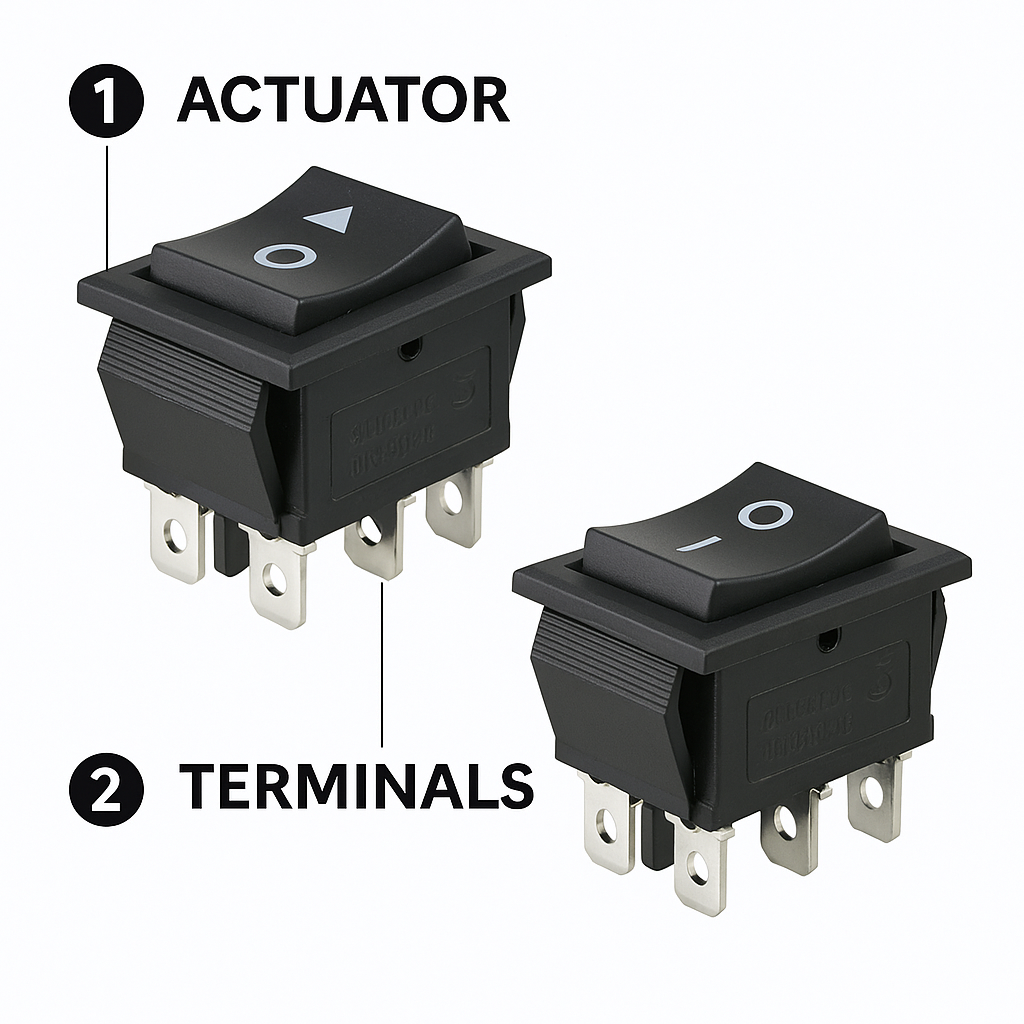Description
Double Pole Double Throw (DPDT) switches are electrical components used to control multiple circuits simultaneously. In the context of robotics, these switches are often employed to selectively connect or disconnect power or signals to different components within the robot's system. A pack of 2 DPDT switches would provide flexibility in controlling various functions.
Key Features
- Double Pole Double Throw: Each switch has two poles (connections) and can be thrown in two directions, allowing for the control of two separate circuits.
- Durability: Typically made from durable materials, such as plastic and metal, to withstand the mechanical stresses of robot operation.
- Contact Reliability: Designed to provide reliable contact between the switch poles, ensuring consistent electrical connections.
- Various Mounting Options: May include options for panel mounting, screw terminal connections, or other mounting methods to suit different robot designs.
- Customizable Specifications: DPDT switches can be customized in terms of size, current rating, voltage rating, and other parameters to meet specific robot requirements.
Applications
- Robot Control Systems: Used to control various functions within a robot, such as motor activation, sensor selection, or power distribution.
- Autonomous Navigation: Can be employed in autonomous navigation systems to switch between different sensors or control modes.
- Manipulator Control: Used to control the movement and actions of robot manipulators or arms.
- Safety Mechanisms: Integrated into safety mechanisms to enable emergency stop or power shutoff.
- Customizable Functions: Can be adapted to perform various functions based on the specific design and requirements of the robot.
DATA SHEET AND USECASE
Key Specifications:
- Configuration: On-Off-On
- Current Rating: Up to 6A
- Voltage Rating: 125VAC






